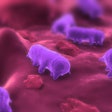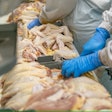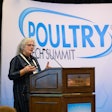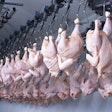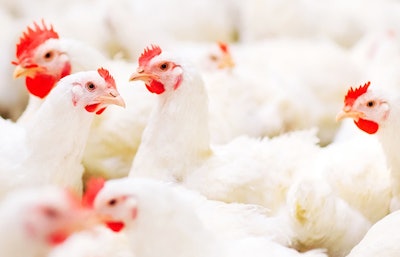
Recent innovations that harness the power of data and next generation sequencing could revolutionize the way poultry producers think about poultry health.
During the 2023 Georgia Precision Poultry Farming Conference, industry experts discussed the ways poultry technologies can allow for earlier diagnostic interventions and help producers improve long-term planning.
1. Predicting coccidiosis in poultry
“We think of every poultry company as a big data company,” Arjun Ganesan, CEO, Ancera explained.
Most poultry companies are already collecting and aggregating data, “we just help put that data to good use,” he added.
They’ve created a database that aggregates poultry health data from both public and private sources to monitor and predict potential coccidiosis outbreaks in poultry.
Coccidiosis is endemic in almost all poultry operations. Because of this, the challenge for poultry farmers is managing the spread as opposed to preventing the disease.
The technology could provide producers, veterinarians, nutritionists and other stakeholders with advanced visibility four to eight weeks before a coccidiosis outbreak occurs, allowing for the earlier implementation of coccidiosis control programs and reducing disease spread.
2. Better management of Salmonella
Salmonella in poultry is under intense scrutiny right now. In the Fall of 2022, the U.S. Department of Agriculture (USDA) Food Safety and Inspection Service (FSIS) unveiled a proposed framework to improve Salmonella control in poultry products.
However, a new next generation sequencing technique called CRISPR-SeroSeq could improve Salmonella detection by identifying multiple serotypes present in a sample.
“We can separate Salmonella into 26 different serotypes,” said Nikki Shariat, Ph.D., assistant professor in the Department of Population Health, Poultry Diagnostic Research Center, University of Georgia College of Veterinary Medicine.
CRISPR-SeroSeq “can be used to show the abundance of each serotype,” she added.
The technique has several benefits. It could improve the screening and selection for autogenous vaccines, ensure that the industry is collecting samples in the right way and at the correct time, more accurately target serotypes and anticipate which serotypes will become dominant next.










